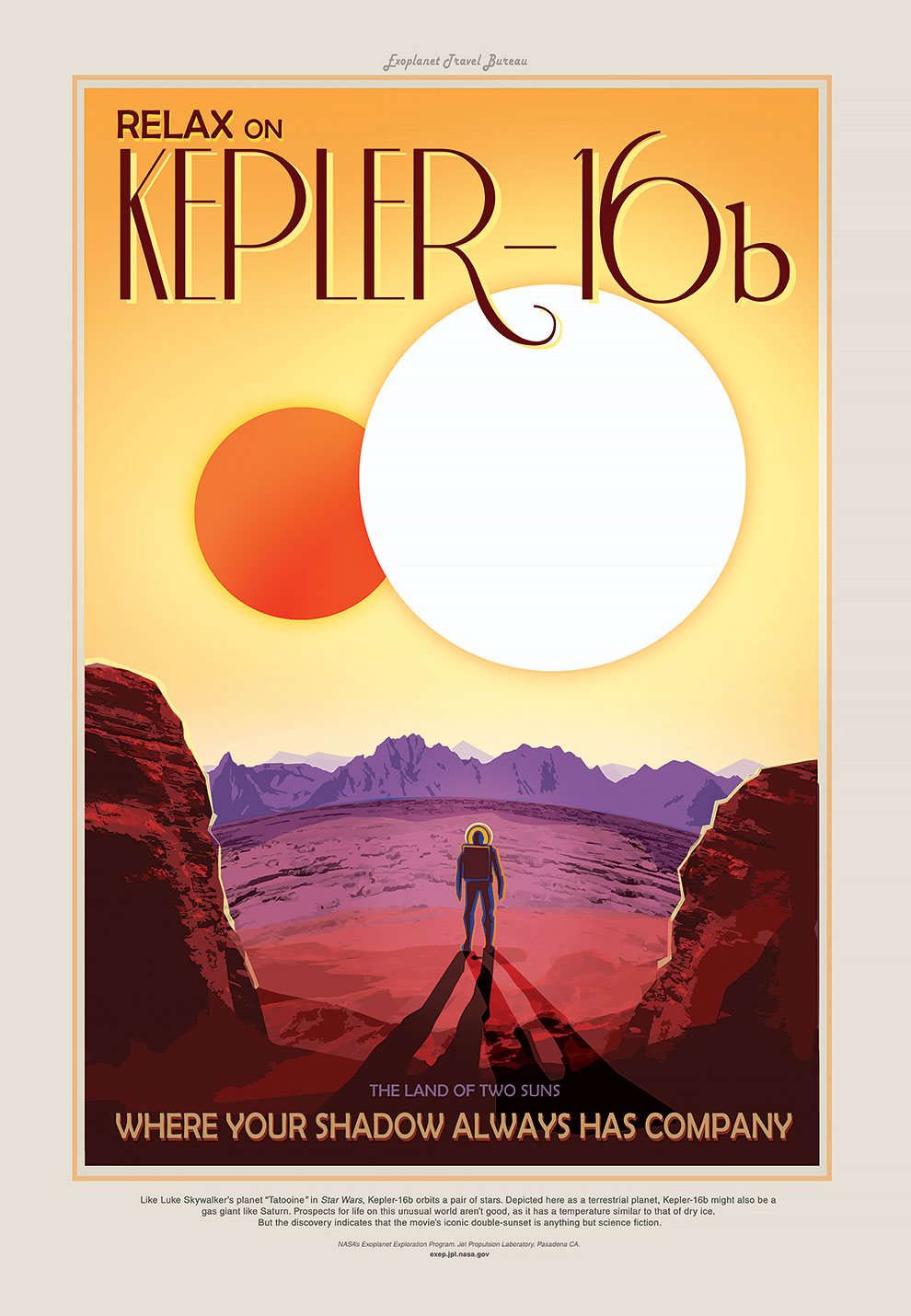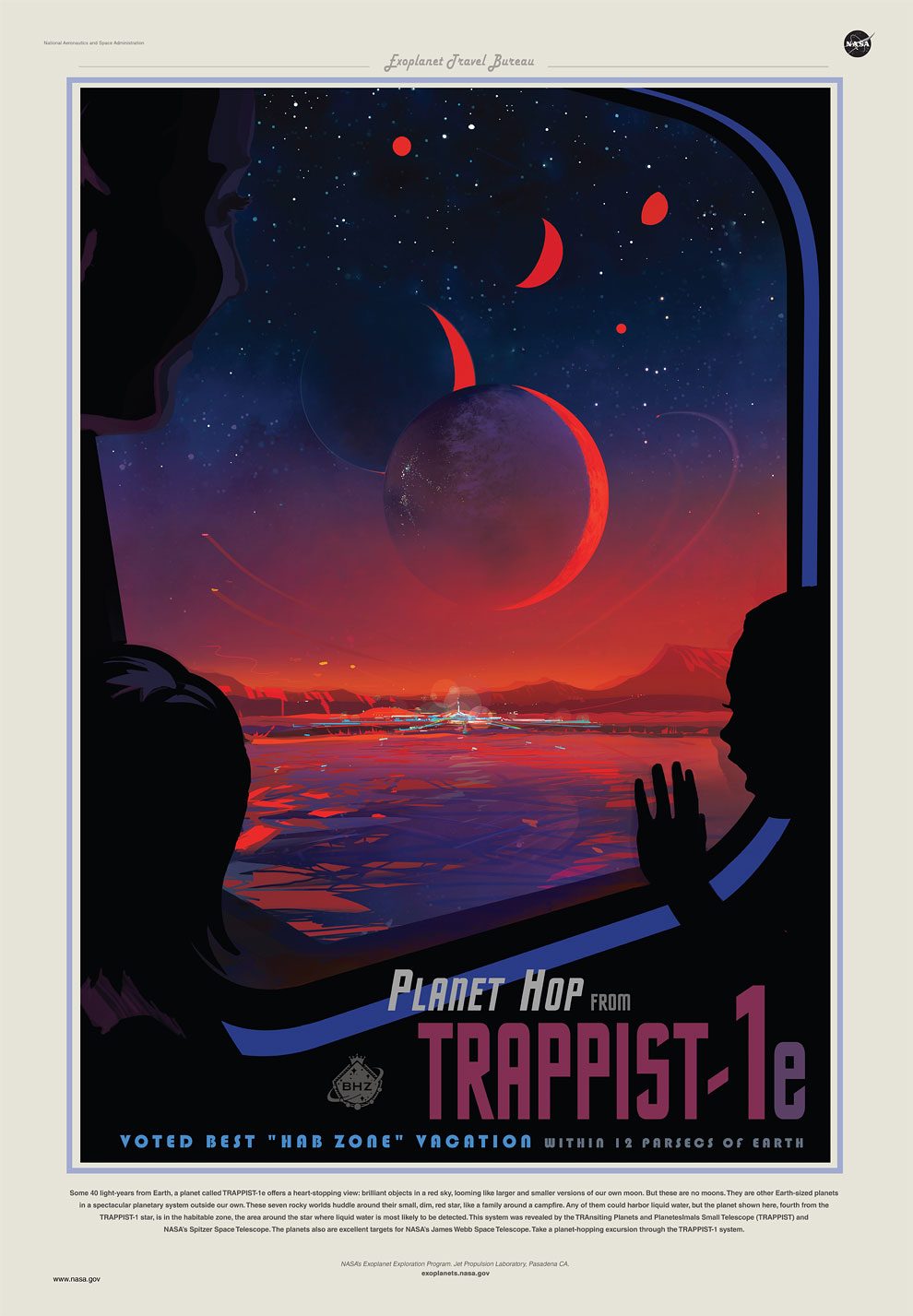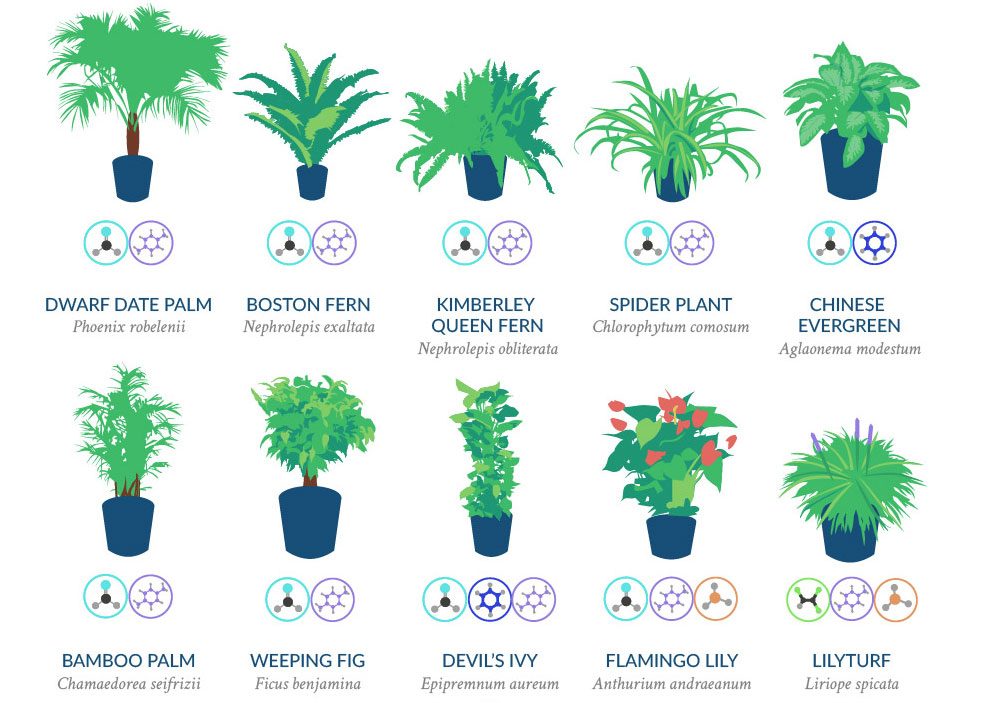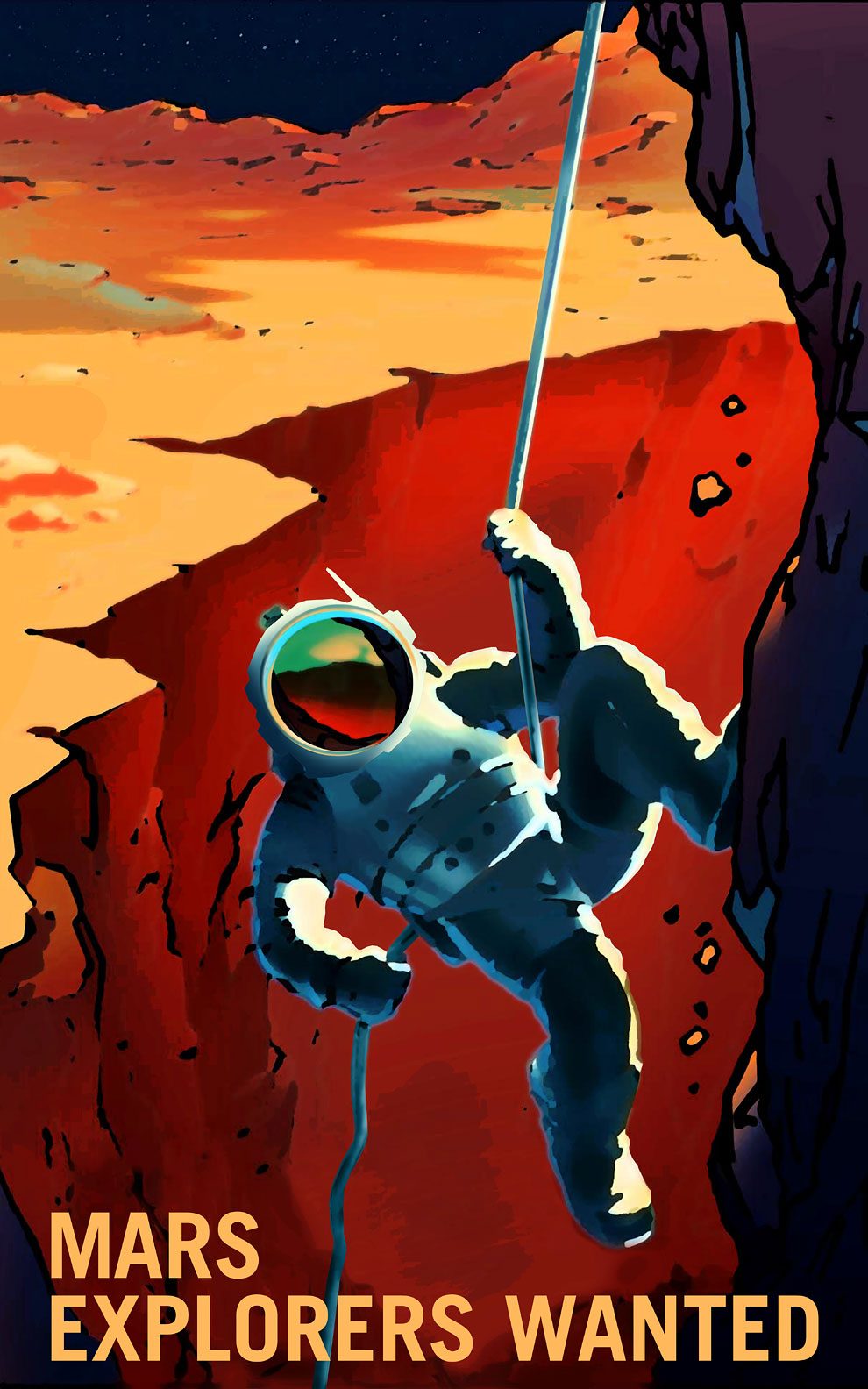Galaxy of Horrors!: NASA Posters Highlight Spooky Alien Planets, Just in Time for Halloween
With Halloween just around the corner, NASA has released its latest Galaxy of Horrors posters. Styled like horror film advertisements from the 1950s, they feature different exoplanets—planets that orbit stars other than the sun—and highlight what exactly makes them so frightening.
“People are often most interested in finding exoplanets that could resemble Earth or potentially support life as we know it,” Thalia Rivera, an outreach specialist at JPL who led the development of the Galaxy of Horrors posters, said in the same statement.
“But there are so many other amazing, mystifying planets out there that are completely unlike Earth and that show us the huge variety of ways planets can form and evolve,” Rivera added. “My favorite thing about exoplanets is how extreme they can get!”
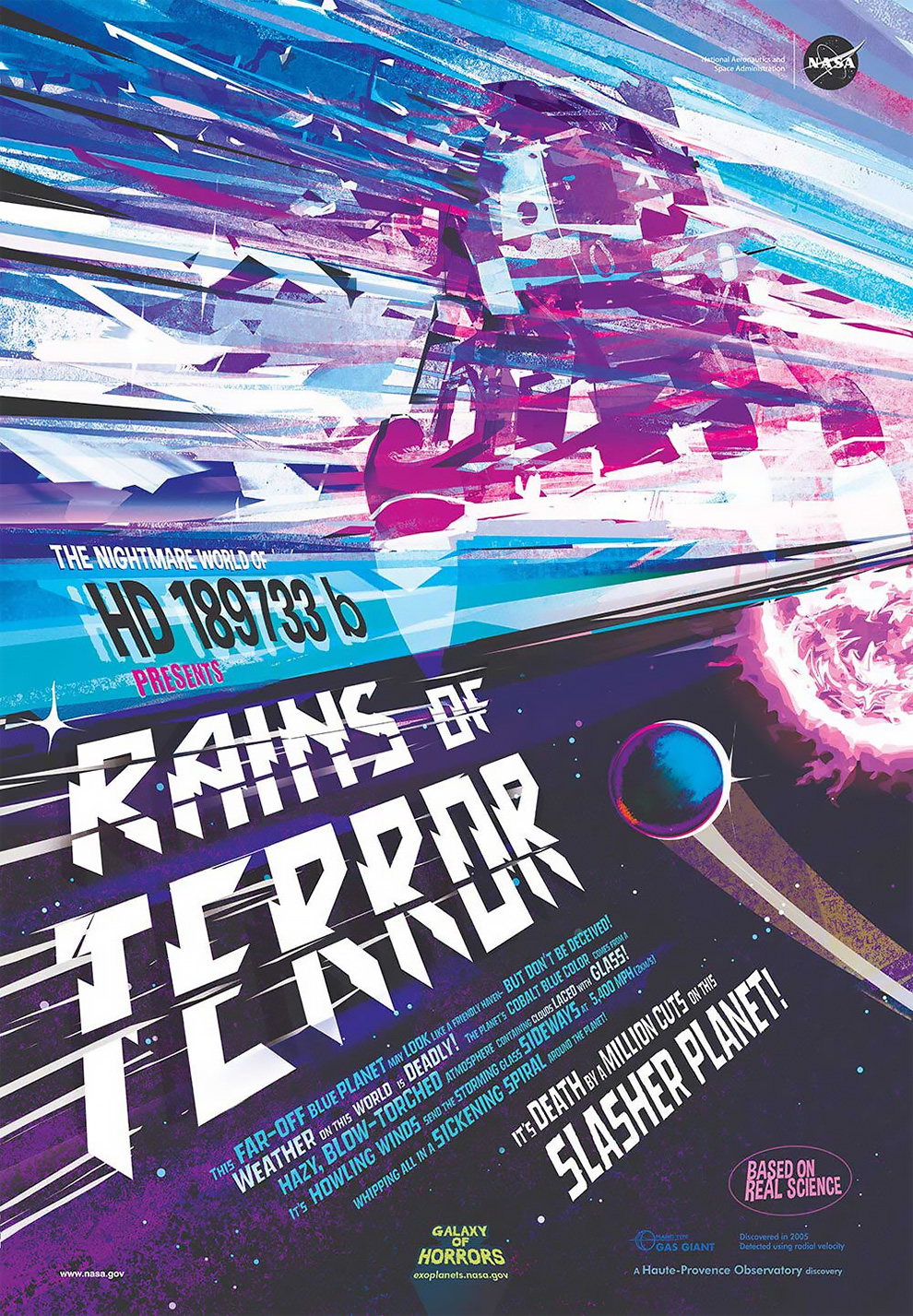
Rains of Terror: This far-off blue planet may look like a friendly haven – but don’t be deceived! Weather here is deadly. The planet’s cobalt blue color comes from a hazy, blow-torched atmosphere containing clouds laced with glass. Howling winds send the storming glass sideways at 5,400 mph (2km/s), whipping all in a sickening spiral. It’s death by a million cuts on this slasher planet! (NASA-JPL/Caltech) Continue reading »
Best NASA Pictures of 2020
The astronauts aboard the International Space Station thrilled us with incredible pictures of our planet seen from space. To end the year 2020 on a positive note, the NASA has indeed published this selection of pictures taken by the hosts of the Station. Continue reading »
NASA Shares 30 Breathtaking Photos Of Jupiter Taken By The Juno Spacecraft
Being stuck in quarantine with nothing to do can really mess with your mind. You constantly worry about your own and your loved ones’ health and it seems like there’s not much else you can think of while you’re stuck within four walls. But today we have something that will take your mind away from all of your coronavirus-related worries. Far away – over 300 million miles away.
NASA has recently shared a handful of new photos of Jupiter taken by the Juno spacecraft and they’ll take your breath away. Check them out in the gallery below – we’re pretty sure one of them will end up as your desktop background.
1. NASA’s Juno spacecraft was a little more than one Earth diameter from Jupiter when it captured this mind-bending, color-enhanced view of the planet’s tumultuous atmosphere. Continue reading »
Here Are The 30 Best Photos That NASA’s Curiosity Has Taken After 7 Years On Mars
Here’s how Curiosity looked 7 years ago and now

For a long time, Mars seemed like a frontier that’s untouchable. And while yes, no human has walked on the planet’s red surface, we, as humanity, have reached the planet through the sturdy wheels of Mars rovers. Continue reading »
A NASA Engineer Builds Weird And Better Halloween Costume
Two years ago, Mark Rober was an engineer at NASA’s Jet Propulsion Laboratory in Pasadena, California, part of a team that worked on the Curiosity rover. For Halloween, he strapped an iPad to his chest and another to his back. Then he turned them on and used the devices’ cameras and screens to make it appear as if he had a gaping hole in the middle of his torso. Continue reading »
NASA Once Fed Spiders Drugs And Then Watched As The Stoned Bugs Made “Deformed” Webs
A normal web on the left next to a web made by a spider on LSD

NASA once fed spiders drugs like LSD and marijuana and then watched as the stoned bugs made “deformed” webs. The space agency published the results of its bizarre experiment in 1995 – and they were as fascinating as you’d expect. Continue reading »
NASA Captures New Magnificent Images Of Galaxies

Three days before plunging into Saturn’s sunny side, the robotic Cassini spacecraft swooped far behind Saturn’s night side with cameras blazing. Thirty-six of these images have been merged — by an alert and adept citizen scientist — into a last full-ring portrait of Cassini’s home planet for the past 13 years. The Sun is just above the frame, causing Saturn to cast a dark shadow onto its enormous rings. This shadow position cannot be imaged from Earth and will not be visible again until another Earth-launched spaceship visits the ringed giant. Continue reading »
NASA’s Future Of Space Travel Posters In A Super Gorgeous Retro Style
NASA’s Jet Propulsion Laboratory (JPL) has created 15 Visions of the Future. In 1962, NASA began an Art Program. Its archives feature interpretations of space travel by such notable artist as Norman Rockwell, Andy Warhol, Mitchell Jamieson, Paul Calle and Annie Leibovitz. Continue reading »
NASA Just Released Some Absolutely Spectacular New Photos Of Jupiter
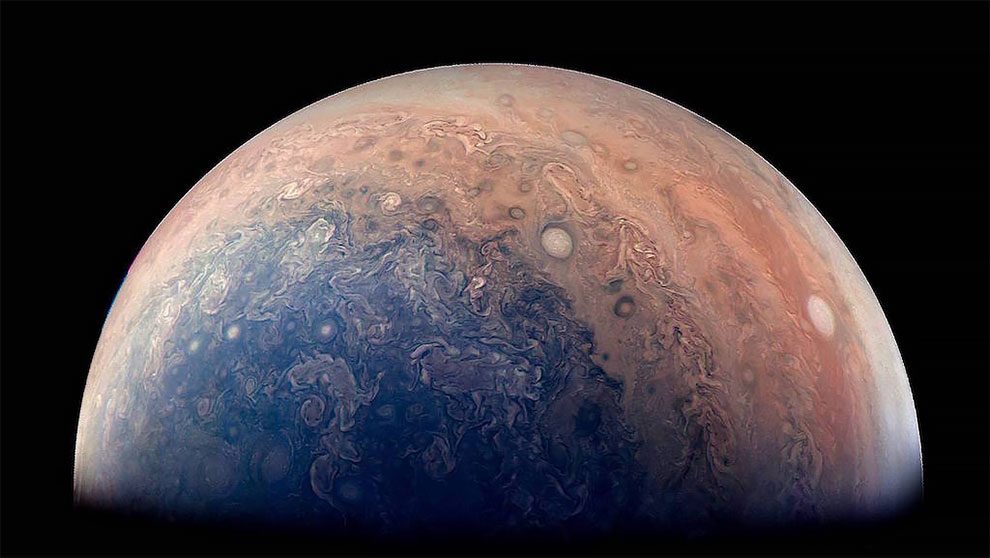
NASA/JPL-Caltech/SwRI/MSSS/Gabriel Fiset
The stunning, enhanced-color image above, featured in a news release by NASA, is based on a photo of Jupiter’s south pole captured by the Juno spacecraft on December 11th, 2016. Juno’s citizen science camera has been snapping glorious images of the gas giant ever since it arrived in orbit around Jupiter last July. The images are then released to the public, which has been turning them into even more magnificent works of space art. Continue reading »
NASA Just Released Travel Posters For Our New Sister Solar System, And They’re Cool As Hell
A few hours ago, NASA announced the discovery of a potentially habitable ‘Sister Solar System’ just 39 light-years away – boasting seven Earth-sized planets orbiting a star called TRAPPIST-1. These planets appear to be made of rock, have life-friendly surface temperatures, and some could potentially host liquid water, so NASA went ahead and created a whole bunch of travel posters and fan art of the coolest new place in the Universe for us to get all misty-eyed about. Continue reading »
NASA Has Compiled A List Of The Best Air-Cleaning Plants For Your Home
Houseplants are awesome indoor air cleaners, but some of them are more effective than others at filtering out pollutants and toxic chemicals in the air. This infographic highlights the best air-filtering plants, according to a NASA study. NASA researchers set out to find the best ways to clean the air in space stations. Their Clean Air study found the plants below are effective at removing benzene, formaldehyde, and trichloroethylene, xylene, and ammonia from the air—chemicals that have been linked to health effects like headaches and eye irritation. Continue reading »
Photographer Benedict Redgrove Given Unprecedented Access To NASA Technology
Photographer Benedict Redgrove has been granted unprecedented access to document past and present NASA technology, a sneak peek of which can be seen in the new issue of WIRED UK. Six years in the making, Redgrove captures everything from the space shuttle Atlantis and Vehicle Assembly Building, to the new Orion Crew Module, robot Valkyrie R5 and Boeing’s Starliner capsule. In fact the project is still ongoing, as it’s meant to culminate with the launch of the new SLS rocket in 2018. Continue reading »
Hyper Realistic Cakes By Former NASA Engineer
It’s hard to believe but these are actually cake sculptures. BethAnn Goldberg is the creative cake master behind these hyper-realistic sculptures. The two-time gold medalist champion on the show “Challenge” and former NASA engineer uses her work experience and masters in engineering to creates these incredible works of edible art. She is the owner of Studio Cake, a custom-order bakery in Menlo Park, California. Continue reading »
NASA’s Mars Recruitment Posters Will Convince You To Go Die In Space!
Mars needs YOU! In the future, Mars will need all kinds of explorers, farmers, surveyors, teachers . . . but most of all YOU! Join us on the Journey to Mars as we explore with robots and send humans there one day. Download a Mars poster that speaks to you. Be an explorer!
Hike the solar system’s largest canyon, Valles Marineris on Mars, where you can catch blue sunsets in the twilight, and see the two moons of Mars (Phobos and Deimos) in the night sky. Continue reading »
Rocket Scientists Of NASA Before Powerpoint In 1961

Photo by J. R. Eyerman, via LIFE
Ever heard the saying “It’s not rocket science!”? It’s often used by smart-asses who know nothing about rocket science. But then again, who does? It is, after all, super difficult. Well, NASA does, obviously, and back in the early 60s rocket science was even more complicated than it is now. Continue reading »
Photographer Roland Miller Has Created Fascinating Photos Of NASA’s Abandoned Launch Sites
The Mercury, Gemini and the Apollo Missions of the late 1950s and 60s still remain one of NASA’s greatest achievements — one that enabled humans, for the first time in history, to leave the surface of the Earth for another heavenly body. This monumental task was made possible through the hard work and genius of thousands of engineers, and the incredible infrastructure they built along the coast of Florida. With the advent of reusable rockets, private space programs and a change in NASA’s goals, unfortunately, many of these facilities were abandoned and left to the elements. American photographer Roland Miller has spent 25 years documenting these buildings in his photographs before they rot and crumble to the ground. Indeed, Miller estimates that about half of the locales he shot have already disappeared since he started shooting. Continue reading »
Earth, Then And Now: Dramatic Changes In Our Planet Revealed By Incredible NASA Images
If you compare some of the photographs which can be found on NASA’s website, you can really see how human beings have changed the appearance of our world over the years. The time difference between these images ranges from five to 100 years. Incredible stuff. Continue reading »
Monty the Cat Without a Nasal Bone
If you love someone very much, you care very little about their looks. The beauty of their soul is the thing that matters the most, changing your perception of them for the better.
Continue reading »
New NASA Discovery Reveals Unprecedented Blooms Of Ocean Plant Life Beneath Arctic Ice
Thanks to a NASA-sponsored expedition to the Arctic Ocean in the summers of 2010 and 2011, scientists have found an area underneath the sea ice, which is richer in microscopic marine plants, essential to all sea life, than any other ocean region on the Earth.
The expedition, called ICESCAPE (Impacts of Climate on EcoSystems and Chemistry of the Arctic Pacific Environment), explored the waters in the Beaufort and Chukchi seas along Alaska’s western and northern coasts using optical technologies. According to scientists, the findings would help reveal a new consequence of the Arctic’s warming climate and provide a vital clue to understanding the impacts of a changing climate and environment on the Arctic Ocean and its ecology.
Sunsets started to tease the Arctic horizon as scientists on board the U.S. Coast Guard Cutter Healy headed south in the Chukchi Sea during the final days collecting ocean data for the 2011 ICESCAPE mission. (NASA/Kathryn Hansen) Continue reading »
NASA Captures Unique Elephant Face Image On Mars
NASA astronomers have for the first time captured a unique elephant picture on mars using the HiRISE camera from NASA’s Mars Reconnaissance Orbiter. Astronomers claim that this elephant face is created by lava. They found that lava flow in Elysium Planitia, the youngest flood-lava province on mars, could have created the unique face.
“Flood lavas cover extensive areas, and were once thought to be emplaced extremely rapidly, like a flood of water,” Msnbc quoted Alfred McEwen, planetary geologist at the University of Arizona, as saying.
Astronomers believe that the elephant face on mars provides a glimpse of the geological changes that shaped the Red Planet over the course of billions of years. The image gives a good example of the phenomena known as pareidolia which means we see things like animals’ faces that are not actually there.
NASA Unveils Future Aircraft Designs: Stunning Models

Three industry teams spent 2011 studying how to meet NASA’s goals for making future aircraft burn 50 percent less fuel than aircraft that entered service in 1998, emit 75 percent fewer harmful emissions; and shrink the size of geographic areas affected by objectionable airport noise by 83 percent. (NASA) Continue reading »
NASA Releases Sharpest Ever Moon Map
NASA’s Lunar Reconnaissance Orbiter (LRO) science team has released the highest resolution near-global topographic map of the Moon ever created. Though the Moon is the Earth’s closest neighbor, yet knowledge of its morphology is still limited. “Due to the limitations of previous missions, a global map of the Moon’s topography at high resolution has not existed until now,” said NASA while releasing the map.
LRO’s Wide Angle Camera and the Lunar Orbiter Laser Altimeter instrument will help scientists portray the shape of the entire Moon at high resolution accurately.
Click image to zoom.
NASA: Spectacular Images from Space – Galaxy Encounter, Flooding Thailand, and 12-Billion-Year-Old Stars
This NASA MODIS Rapid Response Team image obtained November 4, 2011 shows dust as it blew over the Gulf of Alaska in early November 2011. The Moderate Resolution Imaging Spectroradiometer (MODIS) on NASA’s Terra satellite captured this natural-color image on November 2, 2011. Blowing toward the south-southwest, the dust plume remains discernible for roughly 100 kilometers (60 miles). The dust emerges from the Copper River Valley, which zigzags through the glacier-rich Chugach Mountains. The slow movement of glaciers over bedrock grinds the rock into glacial flour. This fine sediment is easily lofted into the air by winds blowing through mountain valleys. This image also shows swirls of iridescent green in the waters along the shore. The bright green probably results from sediment and phytoplankton. Dust can fertilize phytoplankton, prompting big blooms, but the microscopic organisms also thrive in high-latitude seas especially near coastlines, without dust. (Jeff Schmaltz / NASA via AFP – Getty Images) Continue reading »
NASA Turns to Exploring Our Planet With a New 3D Map
Mount Whitney, California; The 3D map is produced from images taken by the ASTER camera aboard Nasa’s Terra spacecraft. The 3D effect is created by taking ‘stereo pairs’ of two slightly offset images. Continue reading »
Solar Storm Threatens to Slam Into Earth, Spectacular Flares Detected by NASA
Solar blasts of energy from the sun began reaching the Earth on Friday and could disrupt some communications, according to scientists from the National Oceanic and Atmospheric Administration. Storms are brewing some 93 million miles away and three solar flares erupted on the sun starting Tuesday, touching earth’s magnetic field on Friday in the form of fast-moving “solar wind” and is blowing by the Earth. (NASA / NOAA’s Space Weather Prediction Center / IBITimes) Continue reading »



